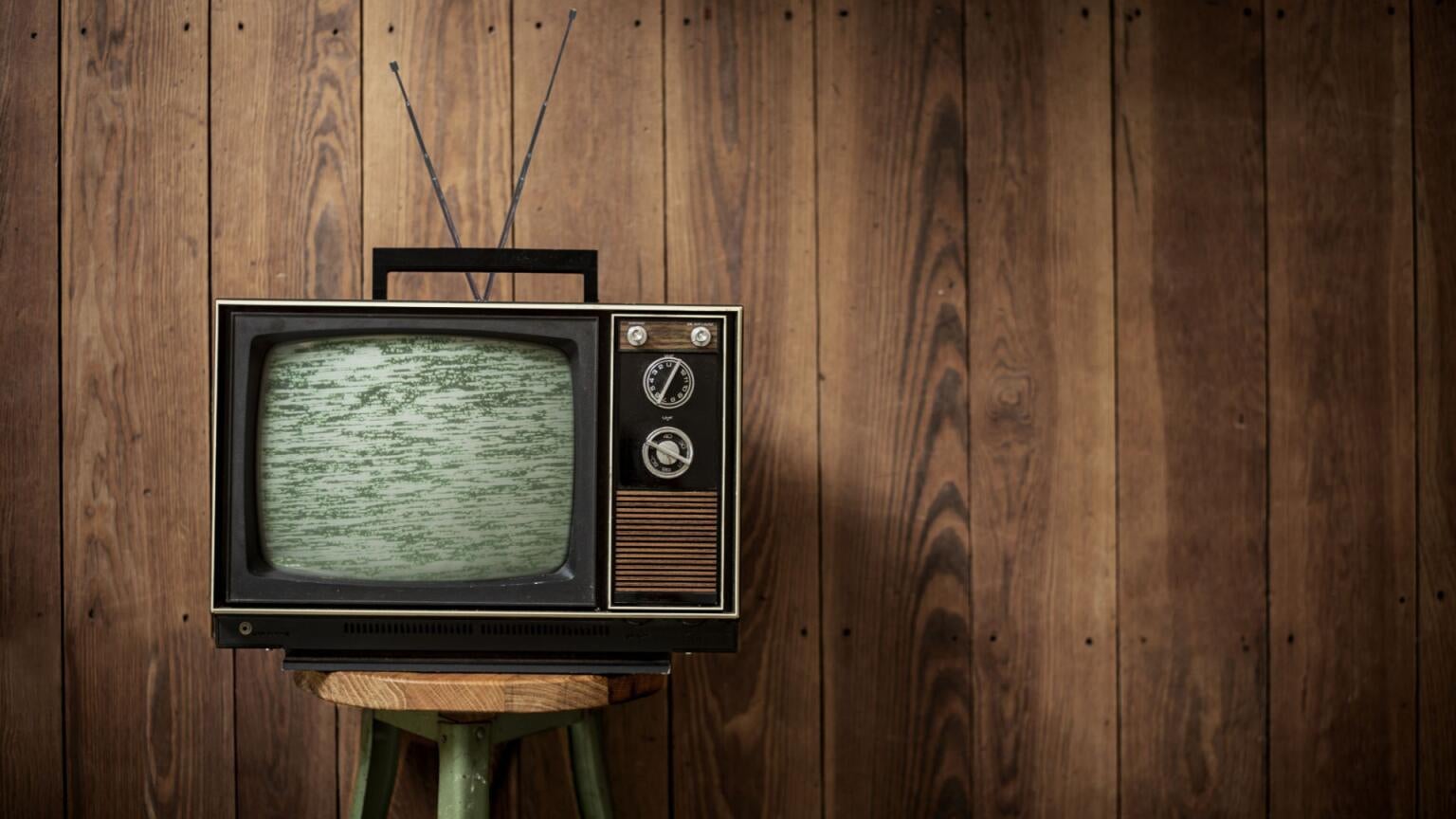Is Live TV Streaming Really Better Than Cable Anymore? From Price to User Interface, We Break It All Down

Once upon a time, it was thought that live TV streaming was simply the next inevitable step in the evolution of the pay-TV industry. After all, such services can offer users the best of both worlds: all the entertainment and sports of traditional cable and satellite, with the short-term contracts and flexibility offered by subscription video streaming.
Sadly for virtual multi-channel video programming distributors (vMVPDs), their services have not caught on with viewers the same way subscription streaming platforms like HBO Max, Prime Video, and Netflix have. The high price of a live TV streaming service has kept users from subscribing to the tune of hundreds of millions of users, and as platforms like YouTube TV have recently demonstrated, the costs just keep rising.
Given that information, it’s likely that many potential cord-cutters are wondering if it’s really even worth it to leave their traditional pay-TV service behind. Check out The Streamable’s comparison between live TV streaming and cable/satellite providers below, and see why we think vMVPDs are still worth going digital for.
Which Offers Better Pricing, Cable or Live TV Streaming?
Thanks to industry-wide price increases, this question has become pretty difficult to answer. DIRECTV STREAM, Fubo, Hulu + Live TV, and Sling TV have all raised their monthly subscription prices in the last six months, leaving the skinny, entertainment-focused bundle Philo as the only major live streaming service not to have raised its rates in that timeframe.
| Service | Base Price | Top Cable Channels | Max Channels |
|---|---|---|---|
| DIRECTV STREAM | $79.99 / month | 35 | 220 |
| Fubo | $91.99 / month | 25 | 213 |
| Hulu Live TV | $76.99 / month | 33 | 105 |
| Philo | $25 / month | 18 | 74 |
| Sling TV | $40 / month | 27 | 49 |
| YouTube TV | $72.99 / month | 32 | 114 |
The average cost of these six services is $61.49. A recent report found that the average cost of a pay-TV subscription without internet or phone service added in is $78.58 per month. That means that while a traditional cable package is still more expensive on average, it’s no longer that far ahead of linear streaming TV.
What truly gives live TV streamers the advantage in terms of price is the comparative lack of hidden fees. There’s no equipment rental necessary for a live TV service, though it does rely on a stable internet connection, which is an additional cost. Cable companies are notorious for hiding little fees here and there in customers’ bills, and these can add up to nearly $450 per customer per year.
To be sure, live TV streaming can have such fees as well. Fubo, for instance, charges an $11 or $14 per month regional sports network fee for users with one RSN in their market (which amounts to 98% of its users). But such fees still don’t come close to what traditional pay-TV providers charge.
Advantage: Live TV Streaming
Which Offers More Flexibility, Cable or Live TV Streaming?
There’s really no question at all as to which of these choices works with customers more readily. One of the features that lead many customers to consider a move to live TV streaming is the ease of canceling service. With nearly every live TV streaming provider mimics the trouble-free cancellation process of subscription services by also offering month-to-month contracts that are easy to walk away from.
Traditional pay TV offers no such flexibility. Cable and satellite contracts are usually offered in lengths of one or more years, often with discounts for users who sign up for longer terms. Users can get out of those contracts, but will frequently be charged a percentage of their remaining cost as a one-time cancelation fee, which can run into the hundreds of dollars.
Advantage: Live TV Streaming
Which Has Fewer Carriage Disputes, Cable or Live TV Streaming?
There has seemingly been a ton of news regarding live TV streamers and carriage disputes with various networks recently. Fubo was forced to drop 160 CBS affiliates across the U.S. in late January, and Hulu + Live TV axed more than 30 local ABC stations in March. Neither departure is expected to be permanent, but these disputes highlight the difficult transition channel owners are faced with in moving from linear TV to digital streaming.
But cable providers have had their issues with carriage disputes as well. A 2021 survey from S&P Kagan, as reported by Fierce Video, cable companies have lost nearly $180 million from channel blackouts since 2013.
Still, cable gets the slight edge here because live TV streaming services are regulated differently as of now. Individual broadcast affiliates are allowed to negotiate directly with linear pay-TV providers on carriage fees, whereas vMVPDS are not legally able to do so, and are forced to go through larger networks to work out contracts.
Slight Advantage: Cable
Which Offers a Better User Interface, Cable or Live TV Streaming?
This is the one area where cable is well ahead of live TV streaming. Many live TV services don’t assign numbers to their channels, making users scroll tediously through a grid to find the content they want to watch. YouTube TV, for example, allows viewers to customize their channel lineups, but that doesn’t address situations in which you want to tune into a channel that isn’t one of your traditional go-to’s.
Cable, on the other hand, usually comes with a hefty remote with numbered buttons built in. This allows users to simply punch in the number they want, and the network comes up immediately. Modern cable remotes often also include voice search functions, just like streaming remotes do. But with cable, a voice search will take you directly to your channel, whereas streaming remotes usually navigate you back to your connected TV (CTV) or smart TV menu instead of the live streamer’s in-app menu, making the voice function essentially useless.
DVR storage interfaces are also frequently easier to use on cable than live TV services. In all this, cable has the benefit of decades of experience, whereas live TV streaming has some things to work on as the new kid on the block.
Advantage: Cable
Conclusion
To be sure, there are some things that cable can still do better than live TV streaming. But none of these areas are fatal flaws for vMVPDs, and most of the issues can be corrected with time and user feedback.
Cable and satellite still can’t compete with live TV streaming in terms of price, comparative lack of hidden fees, and flexibility. There’s no putting the milk back in the bottle once it’s spilled, and there’s no way for traditional pay-TV companies to offset these big advantages on the part of vMVPDs.
That’s why we still recommend live TV streaming if you’re considering cutting the cord. You may find vMVPDs less easy to use at first, but the comparative price and flexibility of your service will soon make you wonder how you put up with cable for so long.
-
DIRECTV STREAM
DIRECTV STREAM is a live TV streaming service, which is essentially the streaming version of the DIRECTV service. All packages include local channels and at least 31 of the top 35 cable channels. New subscribers can get a free Gemini streaming device from the company, in which case the service is called “DIRECTV via Internet.”
-
Fubo
Fubo is a live TV streaming service with about 90 top channels that start at $79.99 per month. This plan includes local channels, 25 of the top 35 cable channels, and regional sports networks (RSNs). In total, you should expect to pay about $91.99 per month, after adding in their RSN Fee. Fubo was previously known as “fuboTV.”
-
Hulu Live TV
Hulu Live TV is a live TV streaming service with more than 70 channels for $76.99/month. Hulu + Live TV base plan includes local channels, 33 of the top 35 cable channels, and regional sports networks (RSNs). Subscribers get free access to Disney+ and ESPN+ at no extra charge.
-
Philo
Philo is a live TV streaming service designed for entertainment lovers which includes 60+ channels for $25 per month. It’s an especially attractive option for fans of live TV who don’t watch sports.
-
Sling TV
Sling TV is a live TV streaming service that helps users save money with the option of two distinct plans. The $40/month “Sling Orange” plan offers about 30 channels, including Disney Channel and ESPN. The $40/month “Sling Blue” plan offers about 40 channels, including Fox and NBC local channels.
-
YouTube TV
YouTube TV is a live TV streaming service with more than 60 channels for $72.99/month. This plan includes local channels, 32 of the top 35 cable channels, and regional sports networks (RSNs) in select markets. The service includes an unlimited DVR.






